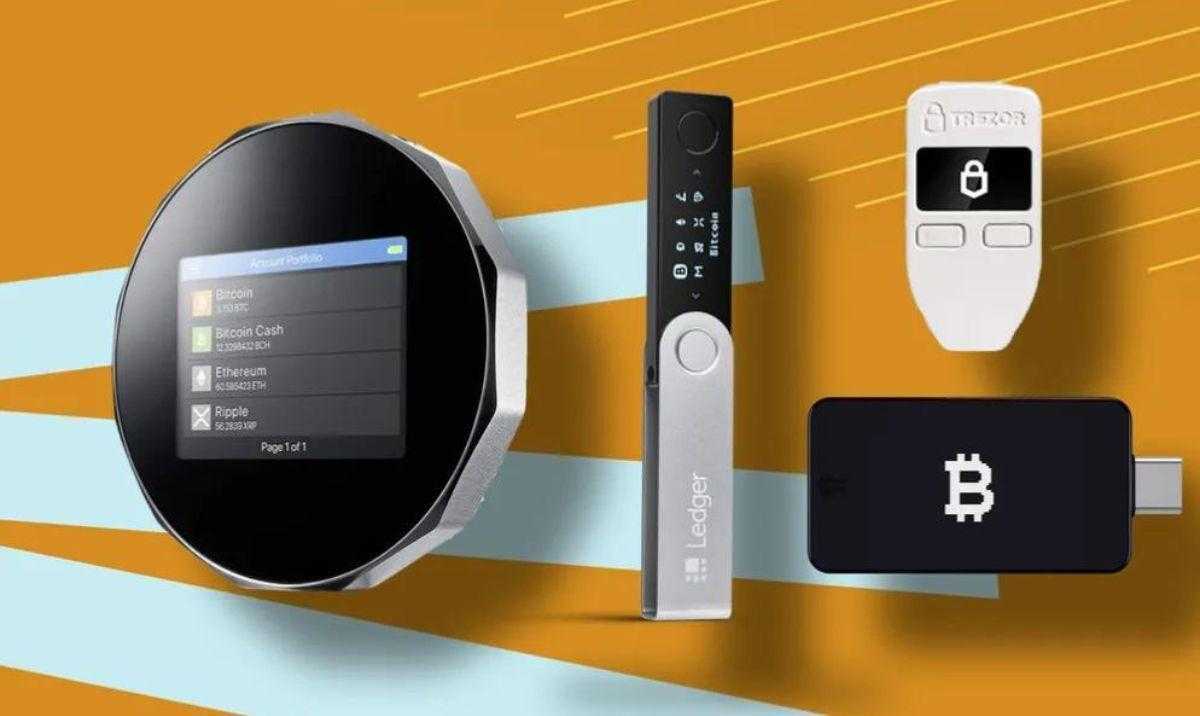Quote from
ag on October 29, 2023, 7:27 am
Navigating the World of Crypto Wallets: A Guide to Digital Asset Security and Accessibility
Crypto wallets serve as pivotal tools in the realm of cryptocurrencies, facilitating the storage, management, and transfer of digital assets while balancing security, accessibility, and functionality.
At the core of this ecosystem are two primary categories of crypto wallets: hot wallets and cold wallets. Hot wallets, accessible via the internet, include software-based options like online wallets and mobile wallets. Cold wallets, on the other hand, offer offline storage solutions, incorporating hardware wallets and paper wallets, enhancing security by isolating assets from online vulnerabilities.
Online wallets, accessible through web interfaces or mobile applications, offer convenience and ease of use. These wallets are suitable for individuals engaging in regular transactions and are often linked to exchanges, allowing swift buying and selling of assets. However, their online nature exposes them to potential cyber threats, emphasizing the need for robust security measures.
Mobile wallets, a subset of online wallets, cater to users seeking on-the-go access to their digital assets. They offer the convenience of managing funds through smartphones, ensuring accessibility while implementing security features such as PIN codes and encryption.
Hardware wallets, a form of cold storage, provide a heightened level of security by storing private keys offline. These devices, akin to USB drives, offer protection against online threats, ensuring that assets remain isolated from potential cyber attacks, enhancing security for long-term asset storage.
Paper wallets, considered one of the most secure but less user-friendly options, involve printing private keys and QR codes on paper. This offline method is immune to online breaches, but it requires careful handling to prevent physical damage or loss.
Security stands as a paramount concern in the world of crypto wallets. Implementing robust security measures such as two-factor authentication, strong passwords, and encryption ensures protection against potential threats, reducing the vulnerability of assets to hacking or unauthorized access.
The accessibility and usability of wallets vary significantly, appealing to different user preferences. User-friendly interfaces, multi-currency support, and intuitive design are attractive features for newcomers to the crypto space. Meanwhile, advanced users may prioritize functionalities like compatibility with a broader range of cryptocurrencies, offering customization, and advanced transaction features.
Interoperability and compatibility across various platforms and blockchains are pivotal, allowing users to manage a diverse portfolio of assets from different projects and blockchains in a single wallet, streamlining the management process.
As the crypto landscape continues to evolve, innovations in wallet technology aim to strike a balance between security, accessibility, and functionality, further refining the tools essential for users to navigate the digital asset space. The diversity and range of options available in the world of crypto wallets underscore the significance of finding the right fit that aligns with individual needs, preferences, and security considerations.
Navigating the World of Crypto Wallets: A Guide to Digital Asset Security and Accessibility
Crypto wallets serve as pivotal tools in the realm of cryptocurrencies, facilitating the storage, management, and transfer of digital assets while balancing security, accessibility, and functionality.
At the core of this ecosystem are two primary categories of crypto wallets: hot wallets and cold wallets. Hot wallets, accessible via the internet, include software-based options like online wallets and mobile wallets. Cold wallets, on the other hand, offer offline storage solutions, incorporating hardware wallets and paper wallets, enhancing security by isolating assets from online vulnerabilities.
Online wallets, accessible through web interfaces or mobile applications, offer convenience and ease of use. These wallets are suitable for individuals engaging in regular transactions and are often linked to exchanges, allowing swift buying and selling of assets. However, their online nature exposes them to potential cyber threats, emphasizing the need for robust security measures.
Mobile wallets, a subset of online wallets, cater to users seeking on-the-go access to their digital assets. They offer the convenience of managing funds through smartphones, ensuring accessibility while implementing security features such as PIN codes and encryption.
Hardware wallets, a form of cold storage, provide a heightened level of security by storing private keys offline. These devices, akin to USB drives, offer protection against online threats, ensuring that assets remain isolated from potential cyber attacks, enhancing security for long-term asset storage.
Paper wallets, considered one of the most secure but less user-friendly options, involve printing private keys and QR codes on paper. This offline method is immune to online breaches, but it requires careful handling to prevent physical damage or loss.
Security stands as a paramount concern in the world of crypto wallets. Implementing robust security measures such as two-factor authentication, strong passwords, and encryption ensures protection against potential threats, reducing the vulnerability of assets to hacking or unauthorized access.
The accessibility and usability of wallets vary significantly, appealing to different user preferences. User-friendly interfaces, multi-currency support, and intuitive design are attractive features for newcomers to the crypto space. Meanwhile, advanced users may prioritize functionalities like compatibility with a broader range of cryptocurrencies, offering customization, and advanced transaction features.
Interoperability and compatibility across various platforms and blockchains are pivotal, allowing users to manage a diverse portfolio of assets from different projects and blockchains in a single wallet, streamlining the management process.
As the crypto landscape continues to evolve, innovations in wallet technology aim to strike a balance between security, accessibility, and functionality, further refining the tools essential for users to navigate the digital asset space. The diversity and range of options available in the world of crypto wallets underscore the significance of finding the right fit that aligns with individual needs, preferences, and security considerations.
Uploaded files:









